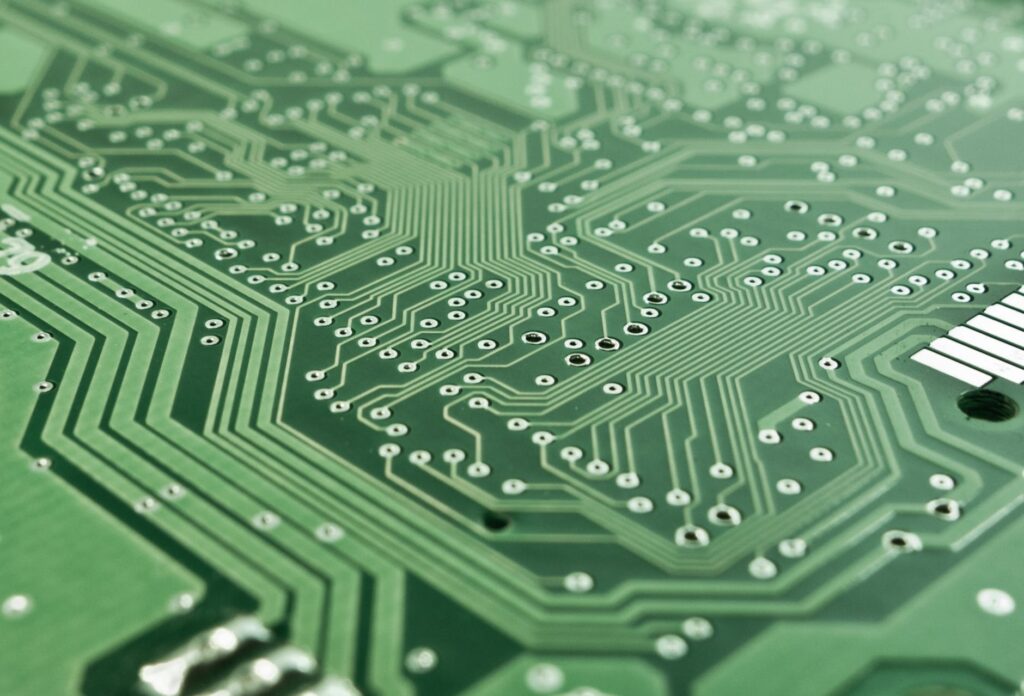
Introduction
We live in a world that’s becoming more and more accessible to people with disabilities. The most popular gadgets are being redesigned to accommodate those who need them, and new technologies are emerging every day to help people who have trouble seeing or hearing. Say’s Dylan Sidoo, here are some of the best examples of accessible technology that I’ve come across recently:
Wristbands that are helping the blind see
A smartwatch for the blind, called the Tactio Watch, is available for pre-order on Indiegogo. The watch uses haptic feedback and other technologies to help people with visual impairments navigate their environment and interact with others.
The Tactio Watch comes with a small device called a “sensor” that fits into your shoe or cane (you can also attach it to your belt). When you walk toward something–like a door or person–the device will vibrate and let you know what’s ahead. The device also has an app that lets users see everything around them through sound waves, so as long as someone nearby has their phone out and running the app too, they’ll be able to hear what’s going on around them too!
Braille-based smart watches
Smart watches with braille displays are a great option for people who are blind or have low vision. A smart watch can be used to keep track of time, check the weather and other apps that are available on smartphones. Braille-based smart watches are easier to read than text-to-speech apps because they allow the user to feel each letter as it’s being read aloud by an artificial voice. They also allow you to use gestures and create custom commands for quick access in case your device isn’t accessible at the moment (e.g., if it’s lost).
Assistive tech for the deaf
Assistive technology for the deaf includes sign language, text-to-speech software and video relay services. Sign language is a visual form of communication that uses hand gestures to express ideas and feelings. It can be used in place of spoken words or alongside speech in order to improve communication skills.
Text-to-speech (TTS) software converts written text into spoken words through audio playback devices such as computers, smartphones or tablets. This allows those who are deaf or hard-of hearing to access books, newspapers and magazines without having anyone else read them out loud for them; however this method can be time consuming because it requires users to manually type out what they want their device to say instead of simply saying something directly into its microphone like normal people do when talking into their phones!
Gadgets that help the partially sighted read
People with partial sight may be able to see shapes and outlines, but they might have difficulty reading text. A device called the e-book reader allows them to use their computers like a bookshelf, with each book as an image on the screen. They can zoom in on words and make them larger so that they’re easier for the partially sighted person to read.
The best part about this technology is that it’s easy enough for anyone who has used a computer before–even if they’ve never read an e-book before!
Conclusion
These are just a few of the innovations that are helping people with disabilities. There are many more out there, and we’re excited to see what comes next!